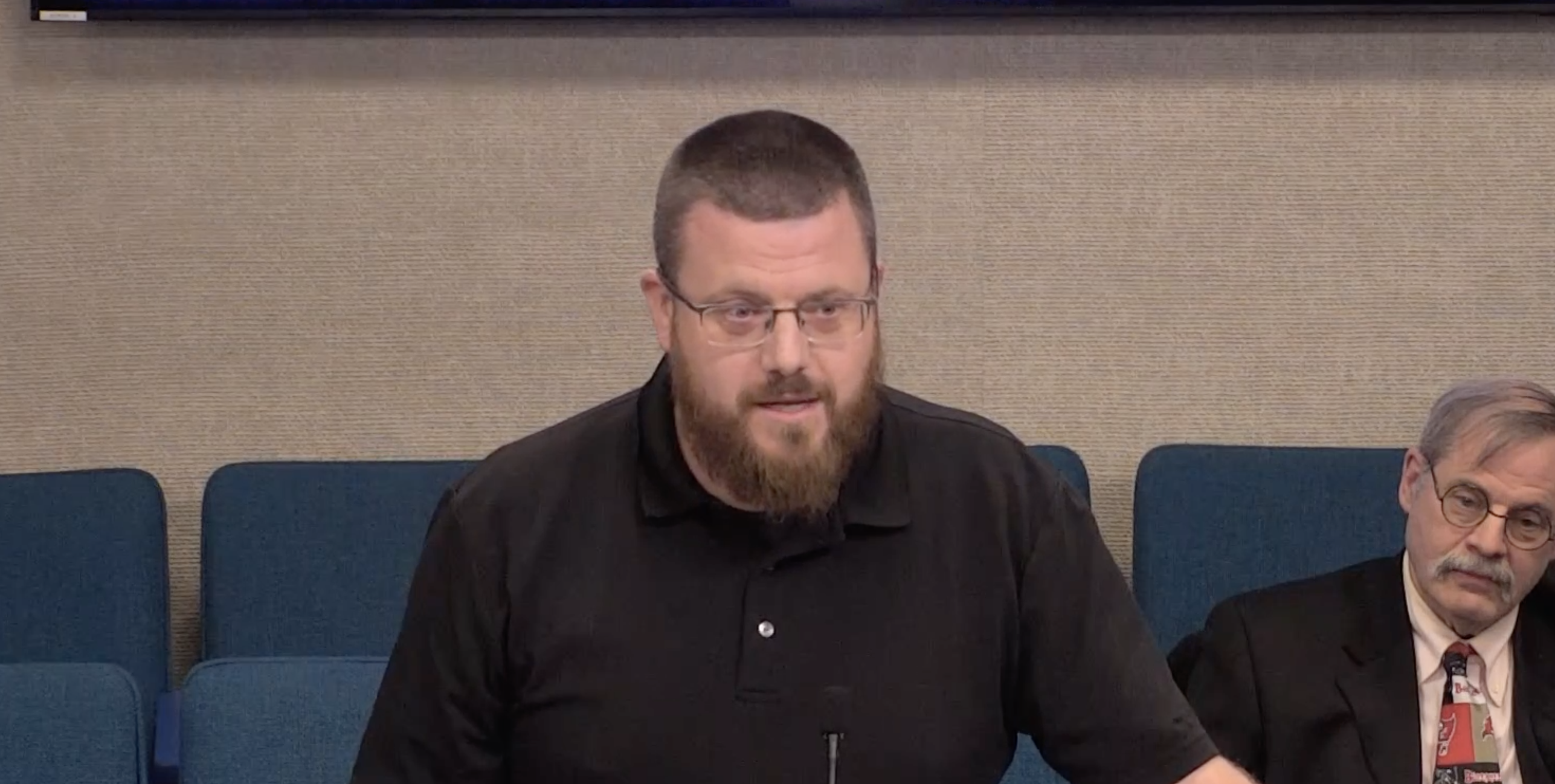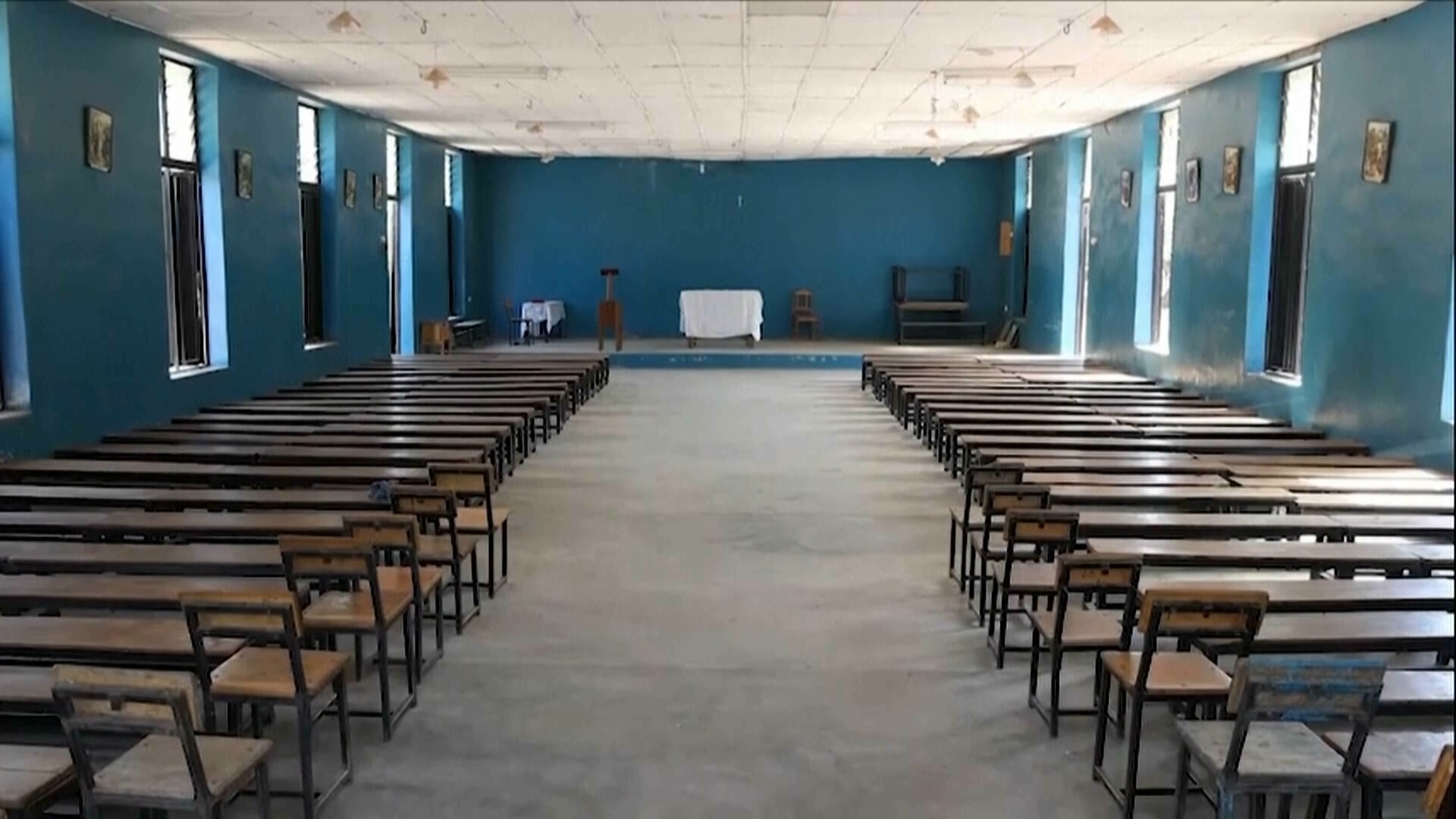Newsy's In The Loop is bringing you a new segment called "Pop Quiz," dedicated to deep dives and surprising stories from the world of pop culture.
Today, Newsy’s Christian Bryant and Casey Mendoza take a deep dive into the visual effects industry with the help of Richard Cormier, vice president of creative services at MELS Studio, Scott Meadows, head of visualization at Digital Domain and Jonas Loeb, communications director with IATSE.
NEWSY'S CASEY MENDOZA: I got the first question we're diving in today. Christian, why is everything at CGI? If you've probably already noticed how many movies and shows these days are filled with computer generated images, both good and bad. But the answer to the question actually reveals something kind of deep and dark about the movie industry, and I'm not talking about Tom Hooper's 2019 "Cats." Well, we looked into what's really going on here, and it took us all over the place from a controversial Oscars speech to VFX studios moving to the other side of the world to taxes - weirdly enough. Are you ready?
NEWSY'S CHRISTIAN BRYANT: As ready as I can be. Just to make sure I'm understanding, the question here is, why is everything CGI now? Why is it? Please tell me.
MENDOZA: To start, I need to put in perspective how massive the industry for visual effects, or VFX, is today. Over the past couple of decades, VFX budgets have ballooned, spurred by groundbreaking mega-hits in the early 2000s like "The Matrix" trilogy. The first film, released in 1999, had a budget of $63. Since then, the top five biggest movie budgets have all been for VFX-heavy movies, ranging from a staggering $300 - $380 million.
And today, programming schedules are more packed than ever, thanks to all of these different cinematic universes and streaming platforms. The demand for VFX across film and TV is higher than ever, especially as the pandemic has driven more productions to turn virtual.
VFX, first and foremost, saves a lot of money on production.
SCOTT MEADOWS (DIGITAL DOMAIN): The amount of money it takes to fly to a location to build sets, physically build sets, you know, just gets expensive and also just coordinating all of the travel and, you know, moving lots of people around and actors and film crew and all of that stuff.
MENDOZA: Okay, so that seems like a simple enough explanation for why it's so popular, right? I need to take you back to this Oscar acceptance speech by the VFX supervisor on the movie "Life of Pi."
BRIAN WESTENHOFFER: Finally, I wanna thank all the artists who worked on this film for over a year, including Rhythm & Hues. Sadly Rhythm & Hues is suffering from severe financial difficulties right now, and I urge you all to remember...
MENDOZA: The team just won the Oscar for Best Visual Effects, and the man speaking, Brian Westenhoffer, is from the production company called Rhythm & Hues, which was actually in bankruptcy at that very moment. Rhythm & Hues would shut its doors the year after, and it was far from the only high profile one.
Digital Domain, the company James Cameron helped start in the 90s, went bankrupt in 2012 and was bought by two companies, one in China and one in India, and is now owned by a company in Hong Kong.
The VFX shop MPC — which was behind the photorealistic CGI in the remake of "The Lion King" — closed just a few months after the movie premiered in summer of 2019.
France-based VFX giant Technicolor SA filed for bankruptcy in the summer of 2020, citing the pandemic, though it had long faced financial difficulties.
So suddenly this doesn't make sense. VFX is in more demand than ever, it’s a huge money-saver and yet VFX companies are struggling to make a profit? Are you with me so far?
BRYANT: I am. I am. I am understanding that there is something amiss here.
MENDOZA: Well, to explain that we need to look at how this intense competition and demand has actually driven rates down.
MENDOZA: Because the space is so competitive, VFX companies usually bid low to make sure they get big projects. That can lead to companies barely breaking even, and, if overtime and extra expenses pile up, massive financial losses.
Prices also drop thanks to countries offering competitive tax incentives to attract production. Artists have left California and moved to new hubs in Canada or the U.K., and business is booming across Australia, China, and regions with cheaper labor, like India and Southeast Asia.
MEADOWS: It's obviously more competitive on the global scale just because there's so many talented artists out there.
RICHARD CORMIER (MELS): In a place like Canada, then you'll get significant incentives, which will bring this rate even much lower by 30%-40%, so it is extremely competitive. And then you bring India into the mix, maybe more on the commodity side. This is why we see a lot of studios getting in trouble super quickly.
MENDOZA: Unions and guilds in entertainment — including the ones for animators and film editors — typically protect against these kinds of pricing issues, but visual effects is one of the rare fields in filmmaking without a union.
Back in 2014, there was an attempt at creating a VFX Trade Association to lobby the government to help. They wanted help to counter the impact of foreign subsidies, and keep artists from frequently having to move to keep steady work. But within two years, the group ran out of money to pay for legal funds, and it's only gotten harder to organize artists as the work spreads around the globe.
JONAS LOEB (IATSE): So that kind of remote environment makes organizing more difficult for a union that's been around for 125 years.
MENDOZA: It's actually tough to say how much has changed for the working conditions of artists. On the one hand, it is clear that there is skyrocketing demand for VFX, which can be an important thing for companies that need to stay busy in order to survive.
CORMIER: The issue when you have a large organization is once you're busy, life is good. But if you have a hole in your schedule for two months and you have 400 people on your payroll doing nothing, that's when you can lose your shirt.
MENDOZA: But on the other hand, the rapid pace and “commoditization” of VFX work have some insiders saying the work itself is changing.
MEADOWS: When I first started, you know, quality was so important and every pixel and making it is photo real as possible, and I get worried that the next generation, because they didn't grow up watching movies shot on film that maybe it's good enough, maybe I can just slap up... a fake digital background behind me, and even though it looks totally fake, maybe people just won't care anymore. So I think it just gets watered down, and then it just sort of affects all of this artistry that we've, you know, that's why we got into this business to begin with.










